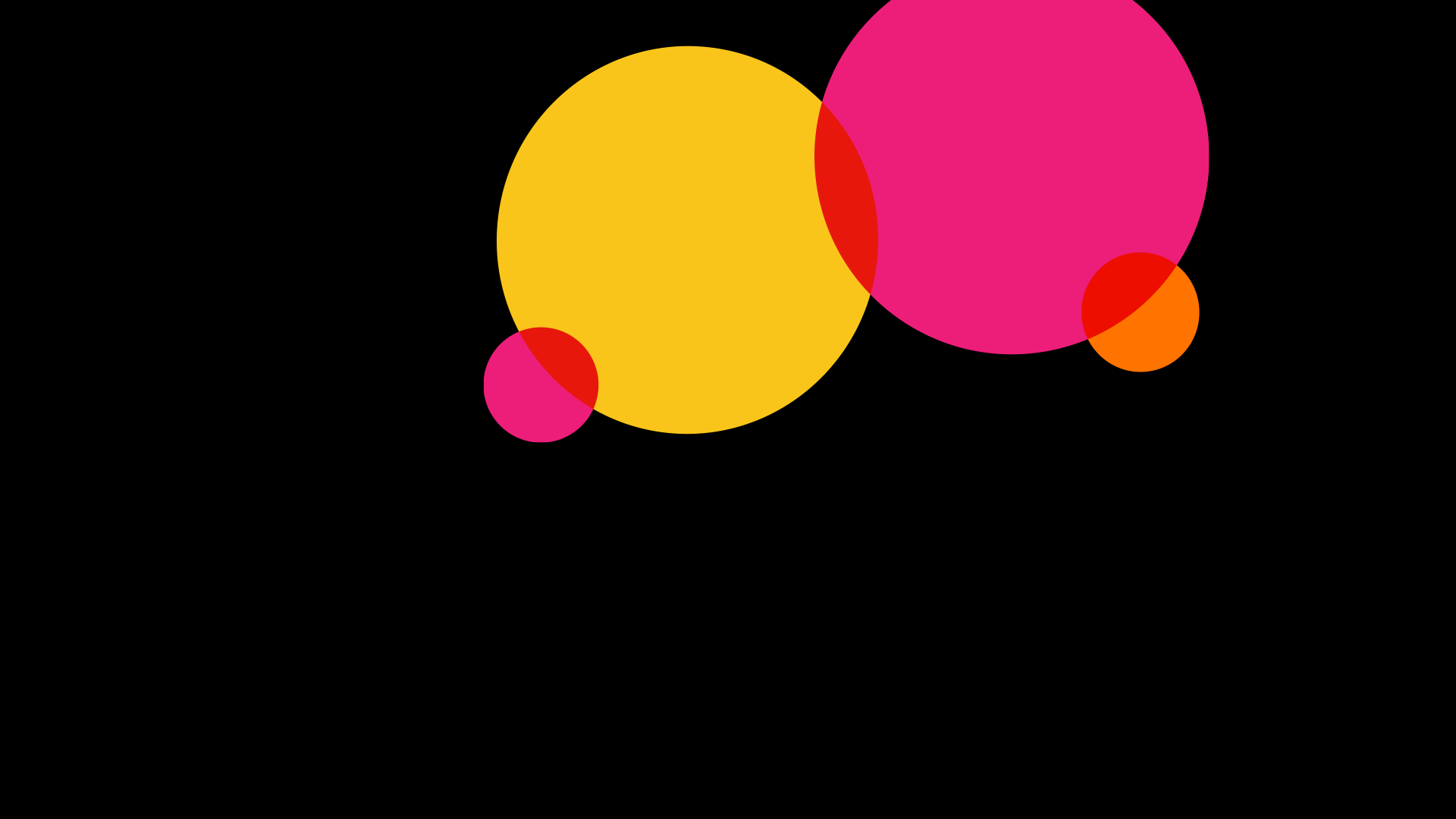Gilmar: Welcome! With me today are award-winning entrepreneur, experience designer and change agent Anja Klüver, who ran Prospect, a Service Experience Consultancy and led and designed digital experiences for clients from Nokia to Toyota and all the way to 10 Downing Street; and Dan Gray, a professional author and consultant who has worked on multiple continents for global consultancy EY, among others, written extensively on the future of sustainability, and is a visiting fellow at Ashridge Business School. Maybe you can both give me a quick overview of how you arrived at this point today, and what’s top of mind in what you’re doing
Dan: Ground zero for me was watching Joel Bakan’s documentary The Corporation in 2003, which asks, if corporations have been granted the same legal rights as individuals, what kind of individuals are they? The conclusion is they’re psychopaths. It’s an extraordinary film, and introduced me, among other things, to a gentleman called Ray Anderson, founder and chairman of modular carpet manufacturer Interface Inc, who’d set out to eliminate any negative impact his business had on the environment. He was my first great sustainability hero, who I had the good fortune to meet a couple of years later. That led me to write a book on building sustainable brands, because I realised that’s where I wanted to focus the rest of my career.
That led to my first ever sustainability consulting gig in Riyadh, Saudi Arabia, and a few further steps from there to roles at EY, most recently as Global Knowledge Leader for corporate responsibility. I spent a lot of my time learning about and exploring regenerative systems and cultures, learning from the amazing exploits of some of the world’s leading impact enterprises, who I think are at the forefront of business model innovation. And also exploring where I think sustainability consulting is going, in light of the fact that ESG as currently practiced doesn’t seem to be getting us anywhere remotely fast enough, as the IPCC synthesis report demonstrates.
Anja: My background is nearly three decades of helping organisations design new products and services, which generally involved generating wealth and helping businesses to scale, creating more customer and employee loyalty. But at no point did anybody ask what consequences that might have for the environment. Having sold my business I wanted to focus on an exciting new journey, a new path, something to keep me personally motivated to continue working as a designer. But really, one has to question why we’ve reached a point where the climate breakdown has begun and business as usual is not an option.
As Barack Obama so eloquently put it, “We are the first generation to feel the impact of climate change and the last generation that can do something about it”. And we, as designers, have a unique power and responsibility as change-makers to have direct impact on anything that gets launched, gets used, and gets consumed. The Design Council has shown that 80% of environmental impact gets decided in the design phase. So, where I’ve got to on this journey is that it’s time for a sense check. That means utilising the capabilities and responsibilities we designers have to focus on helping to solve real-world, critical problems.





